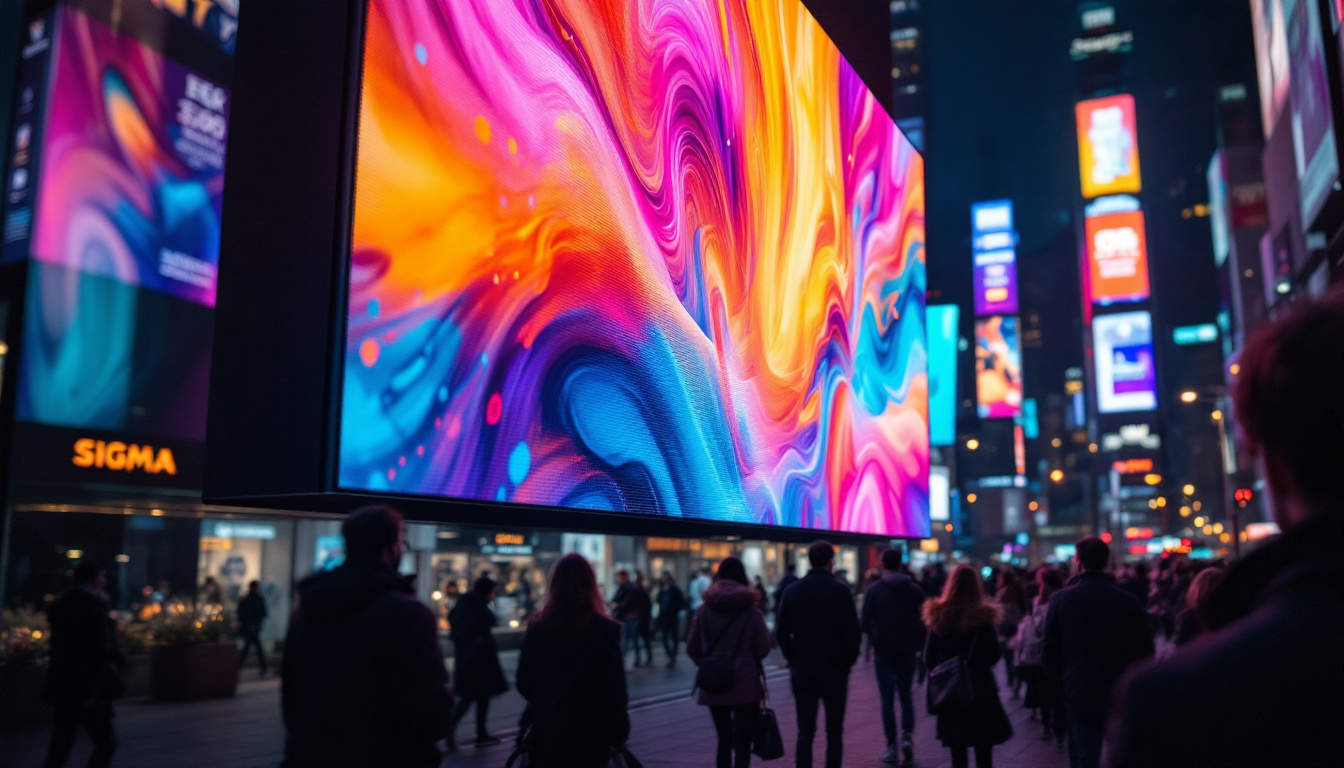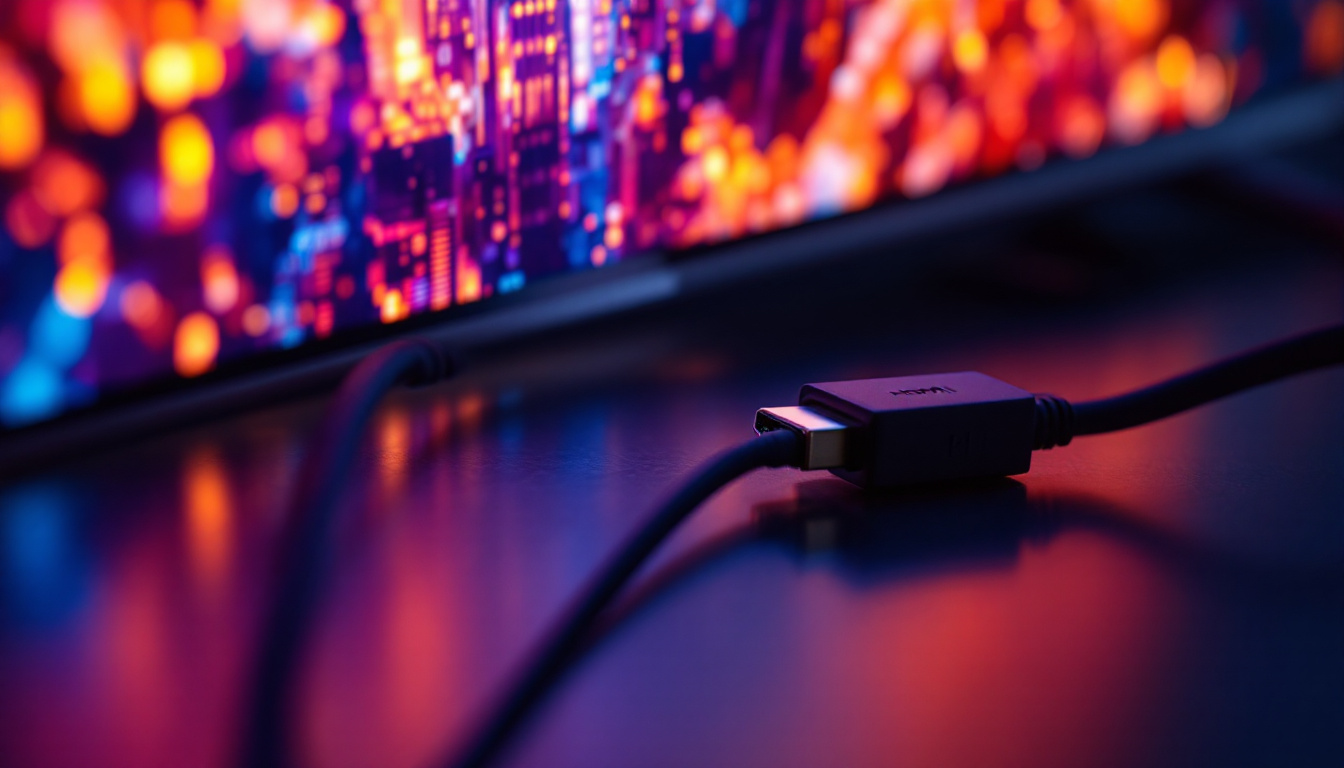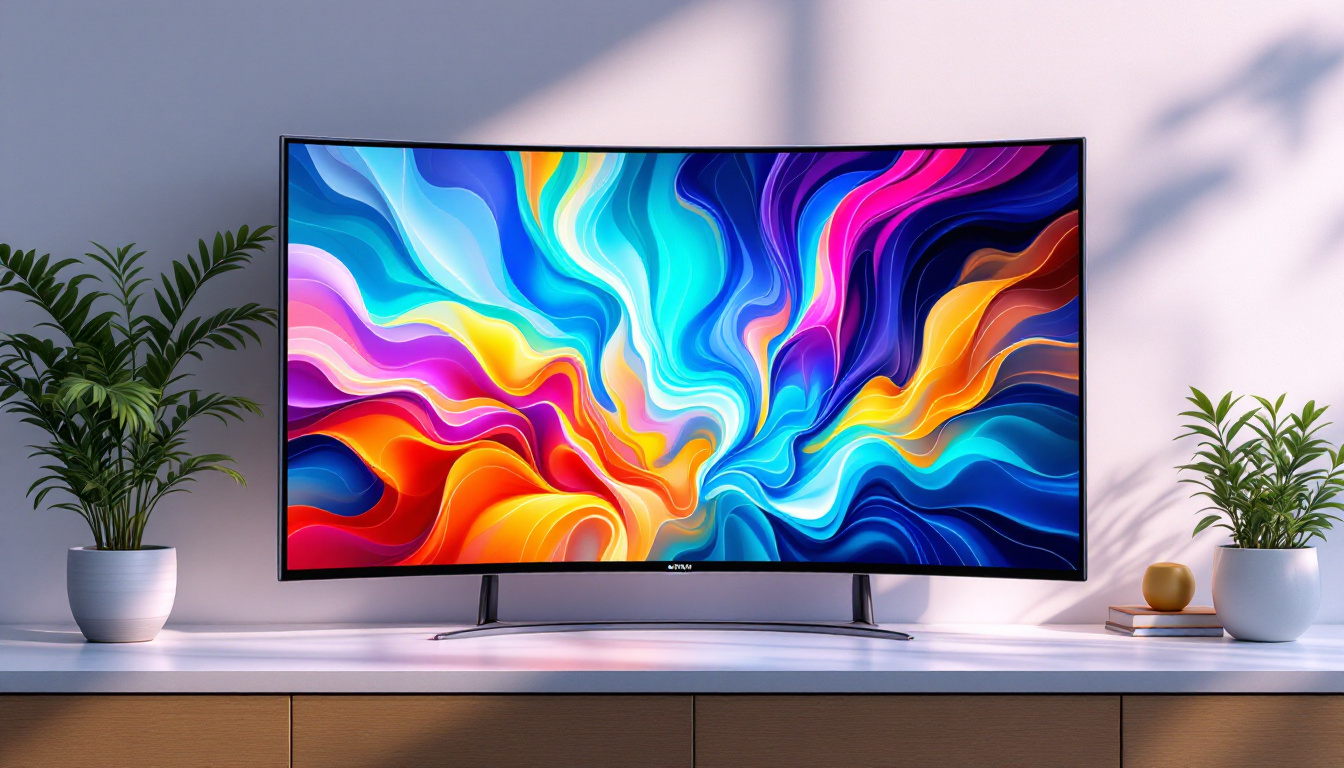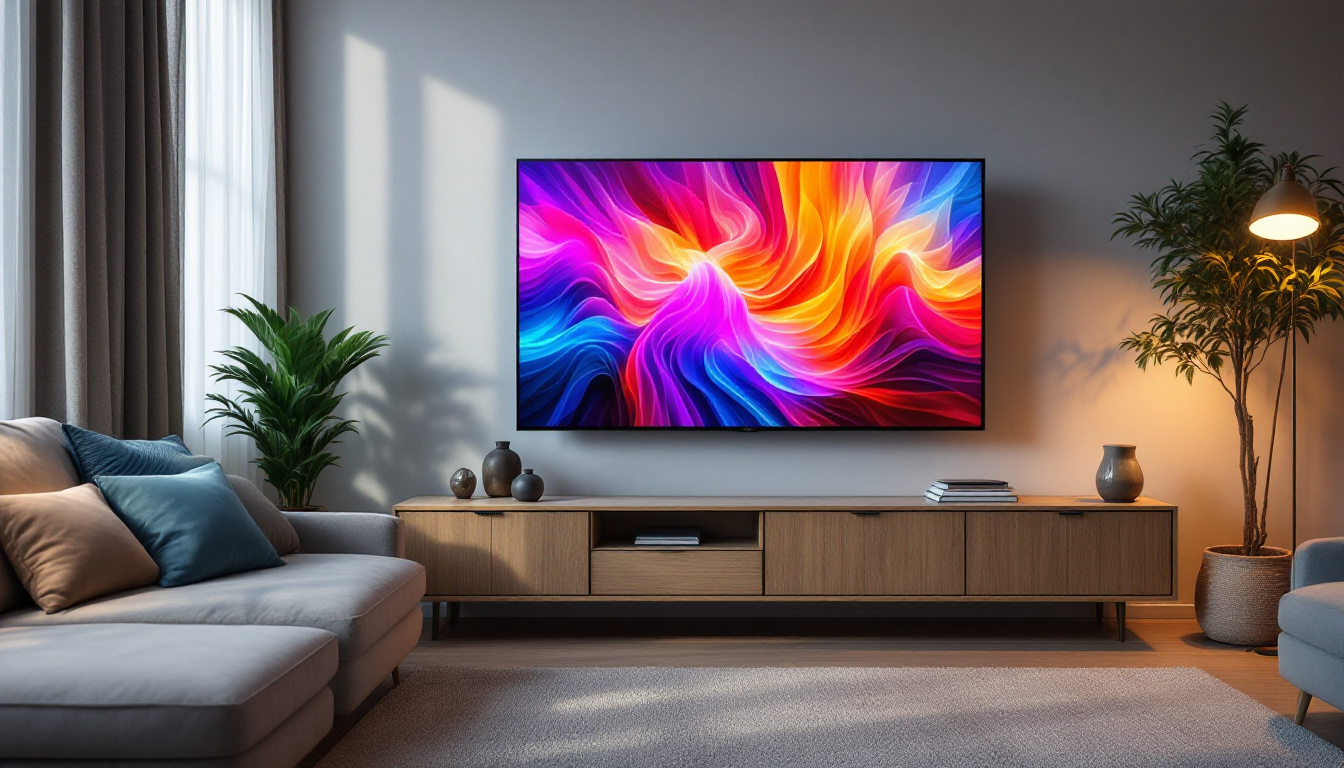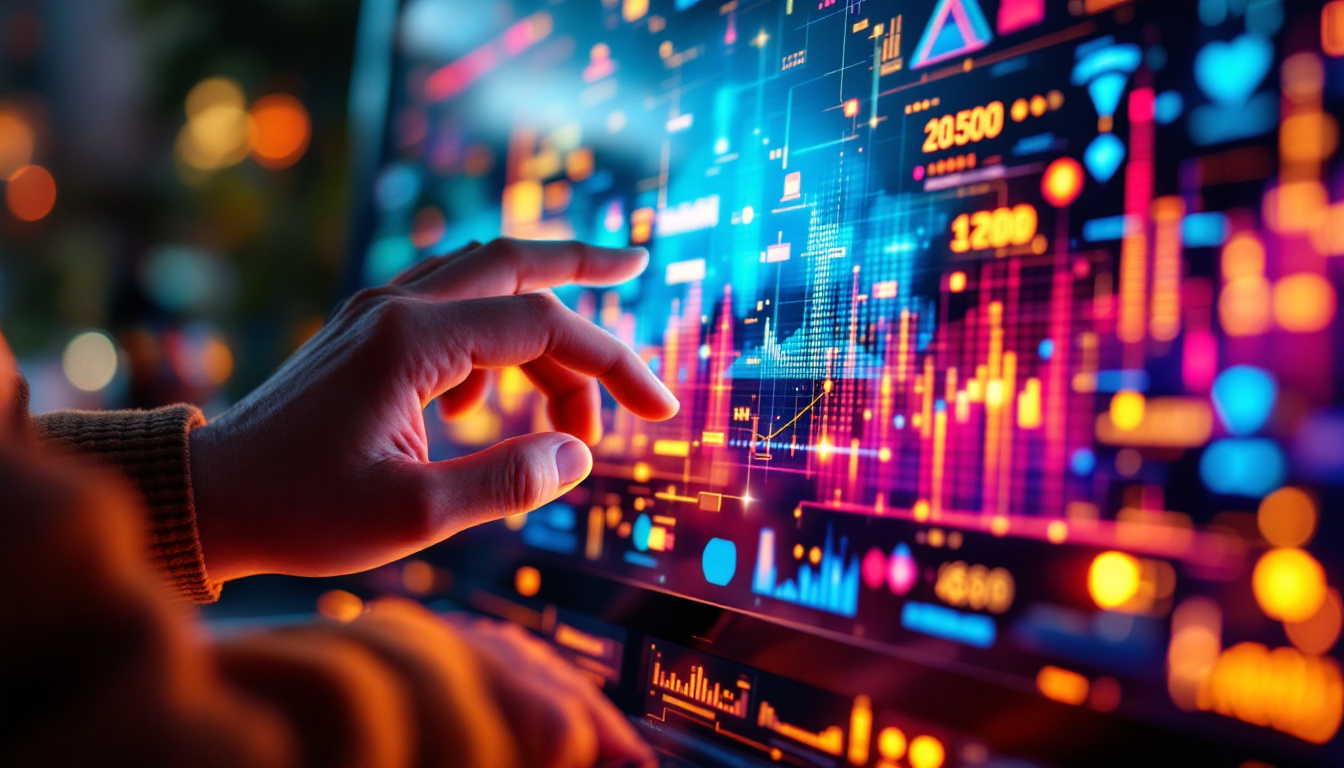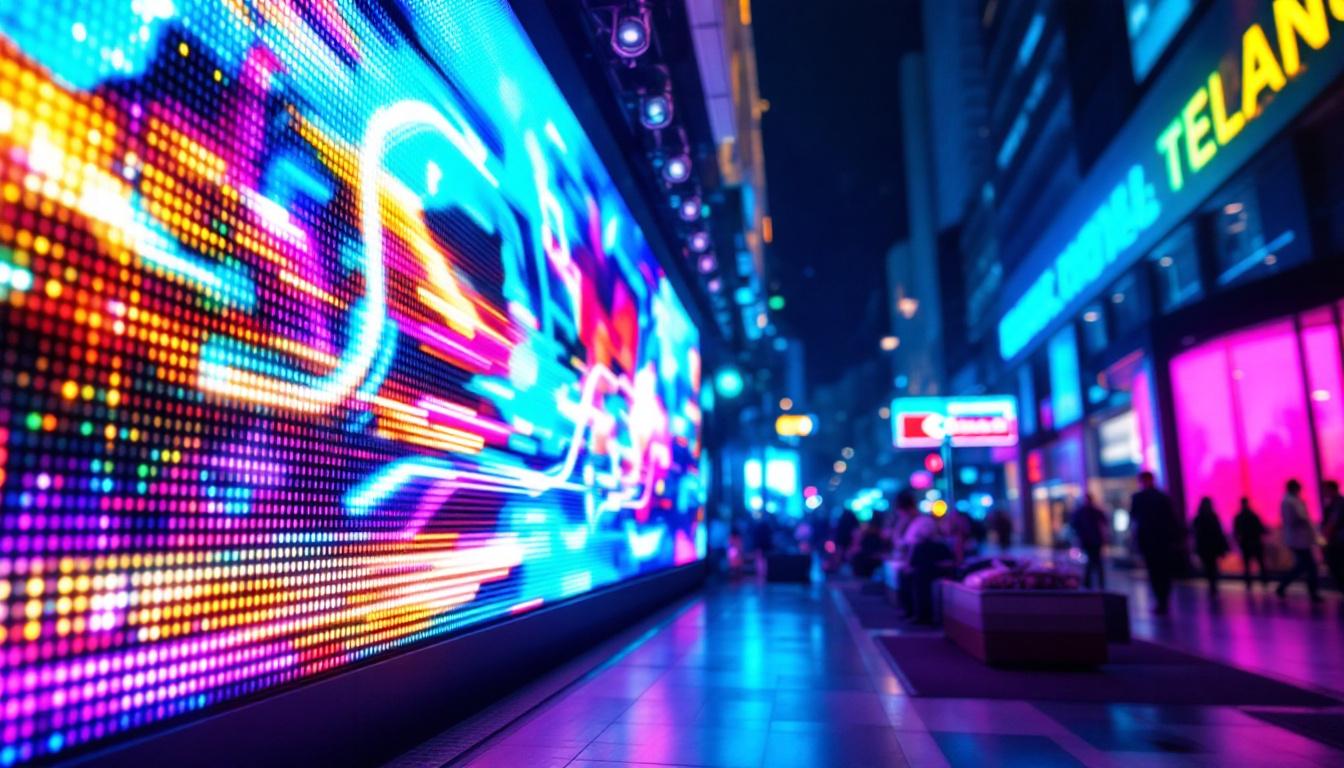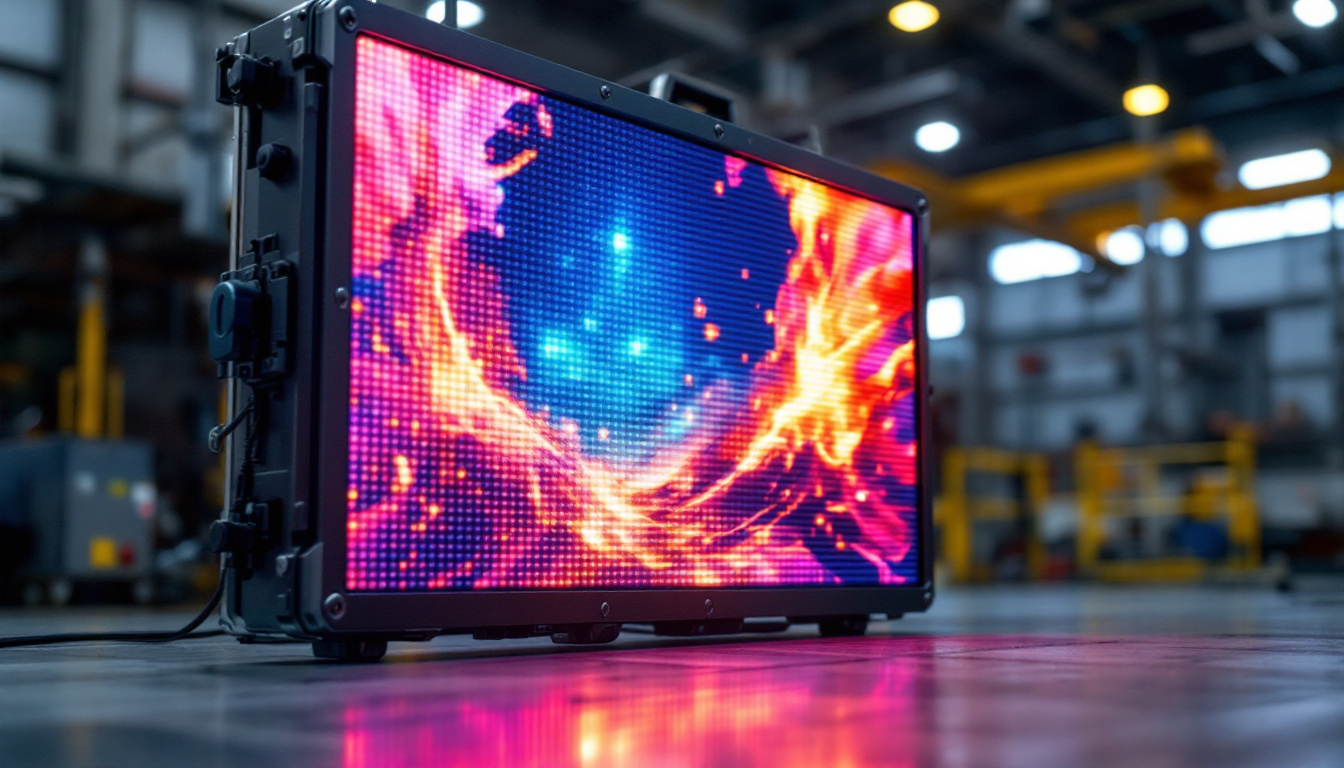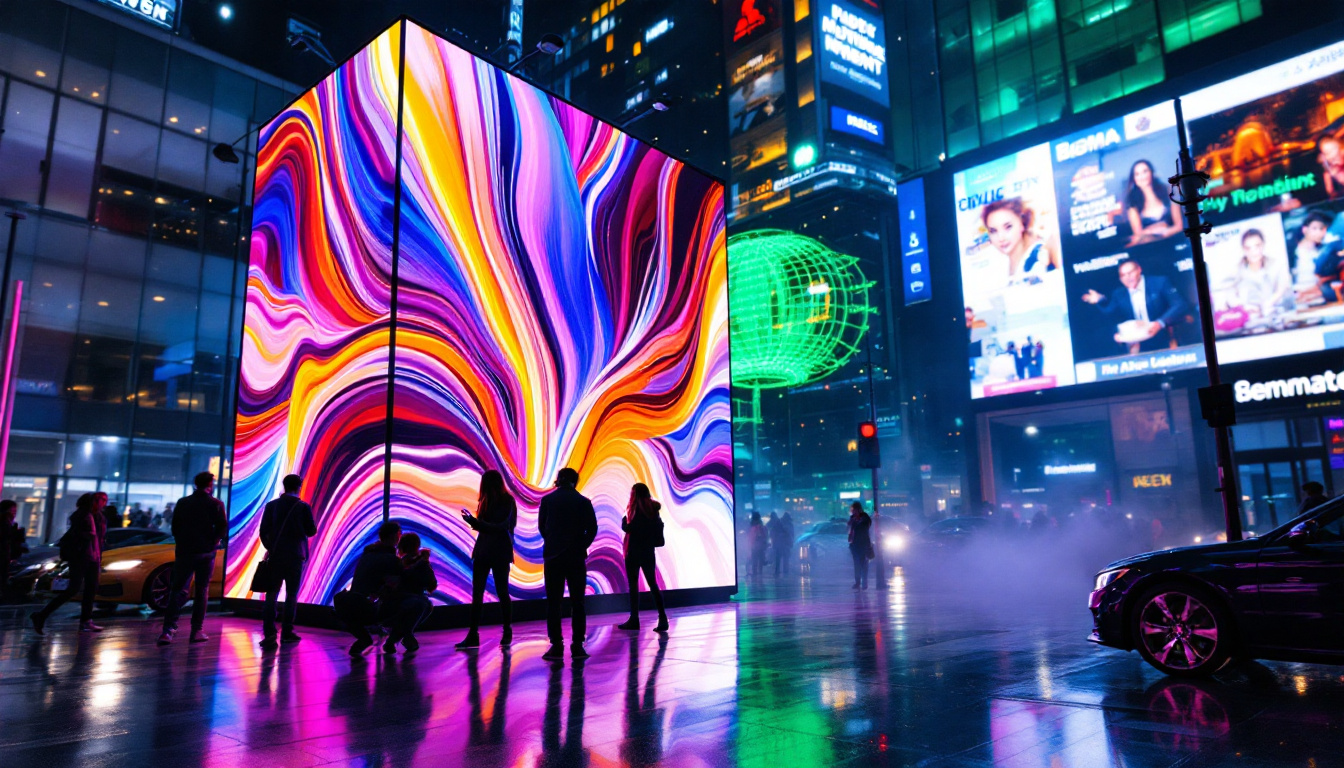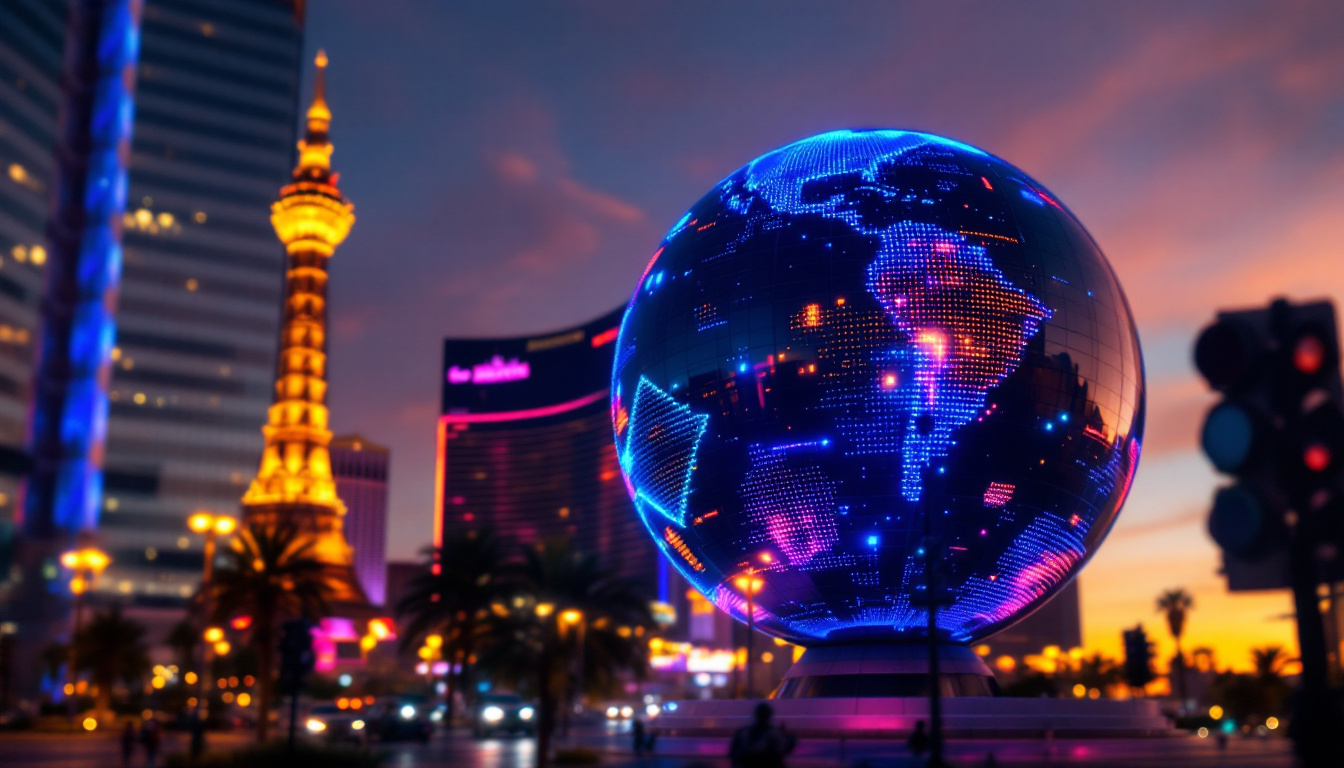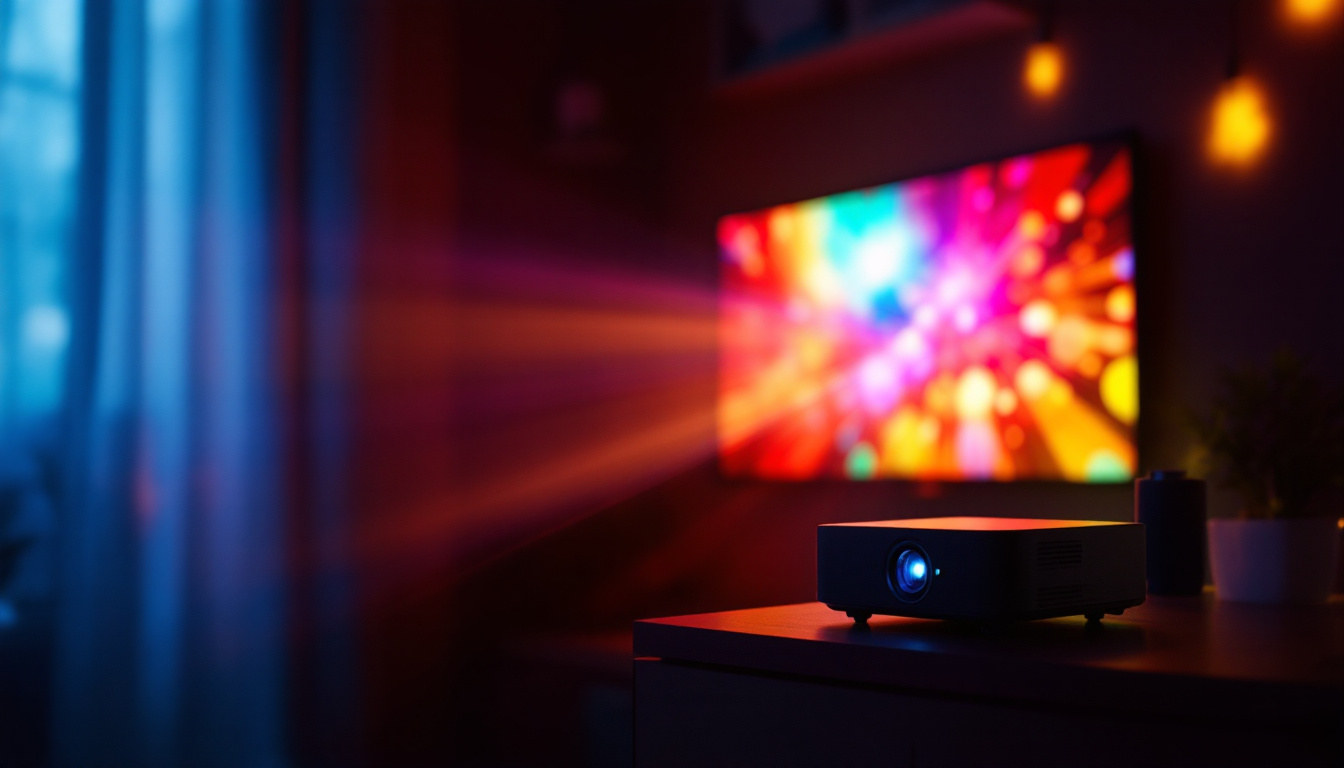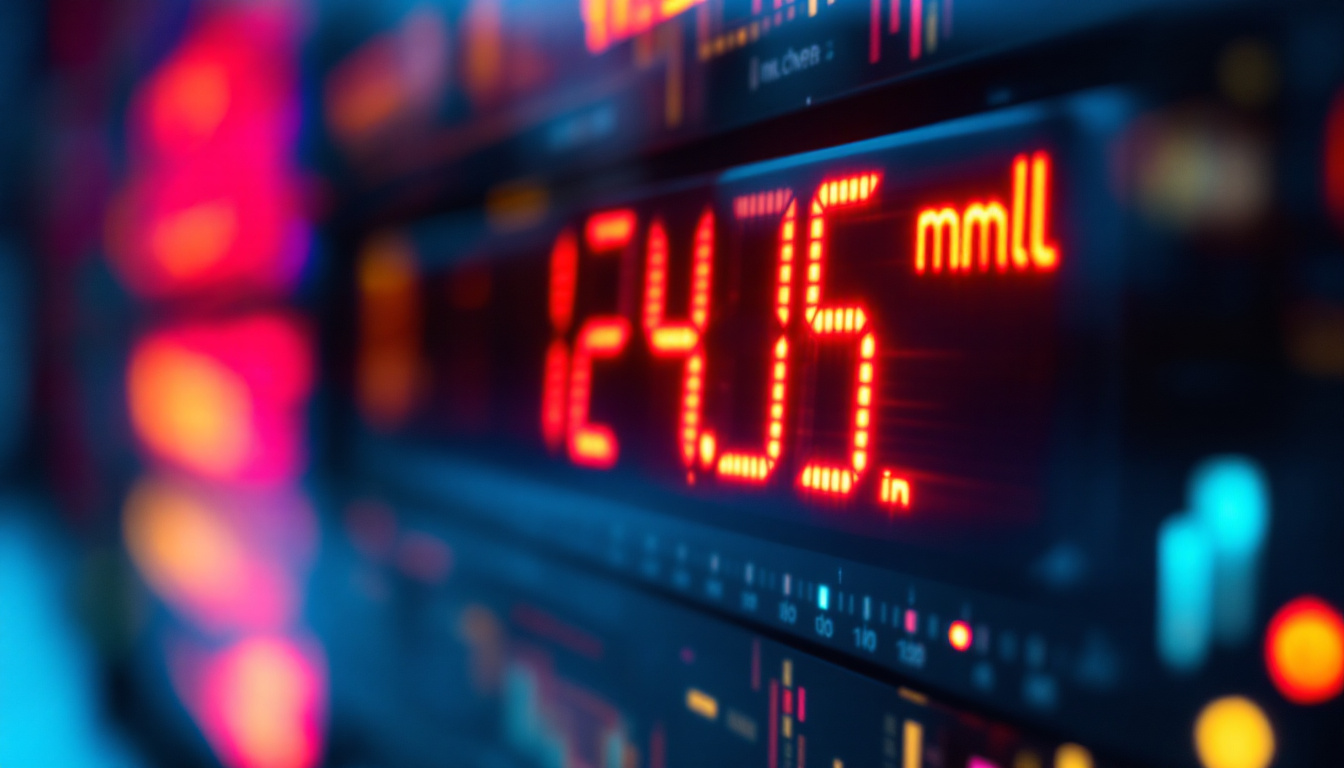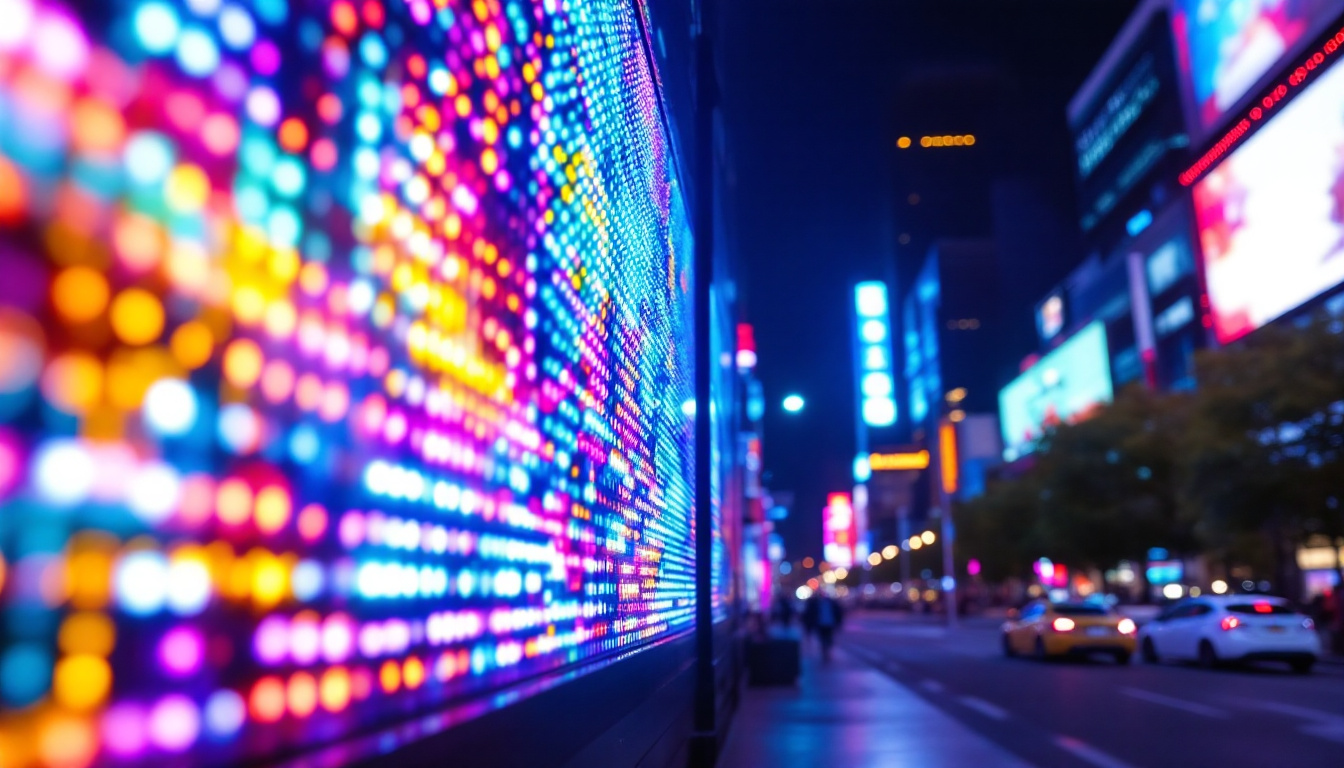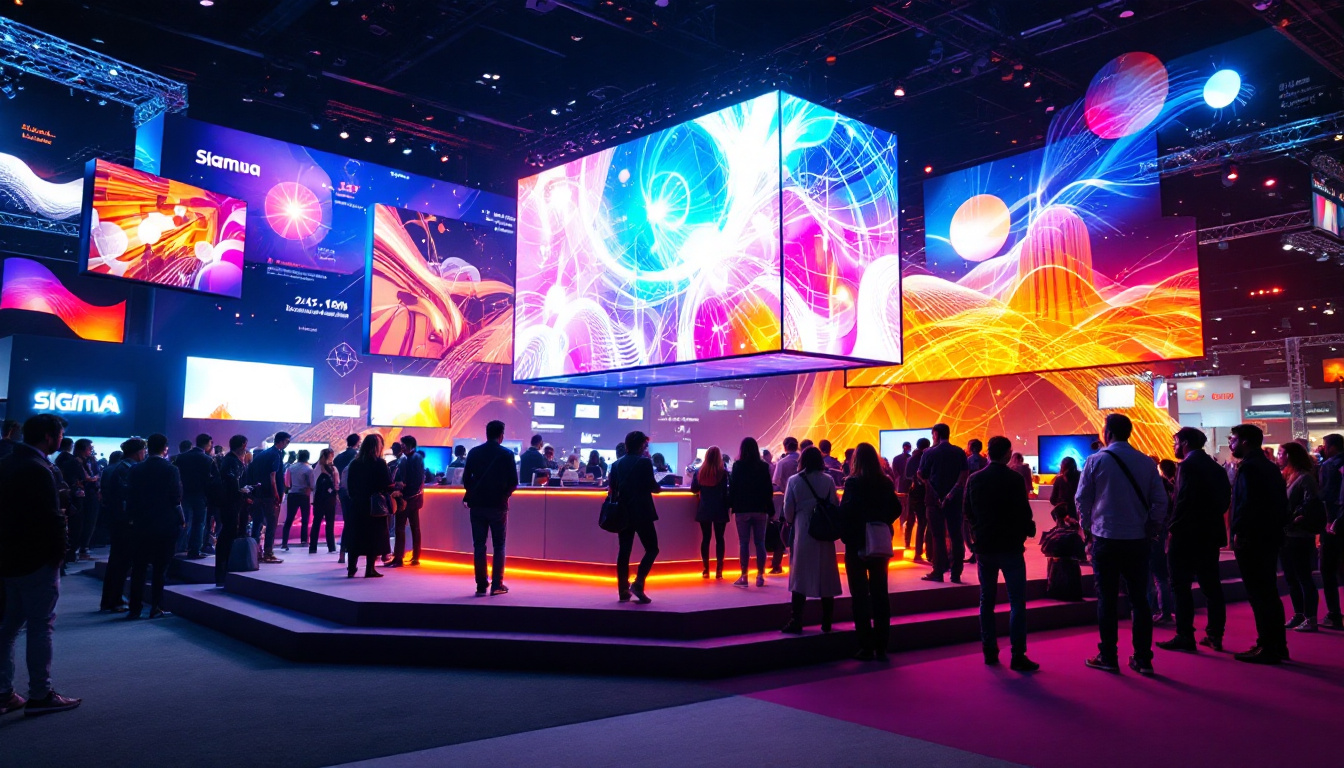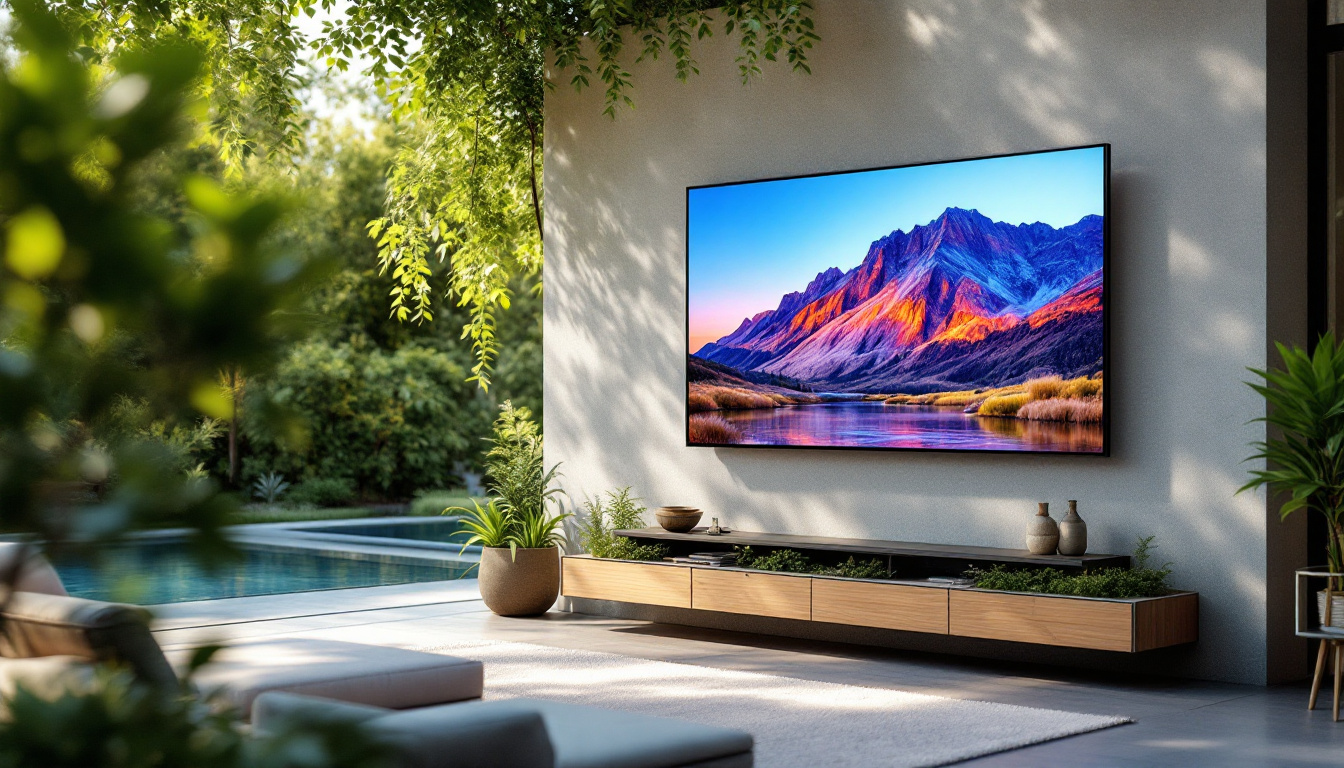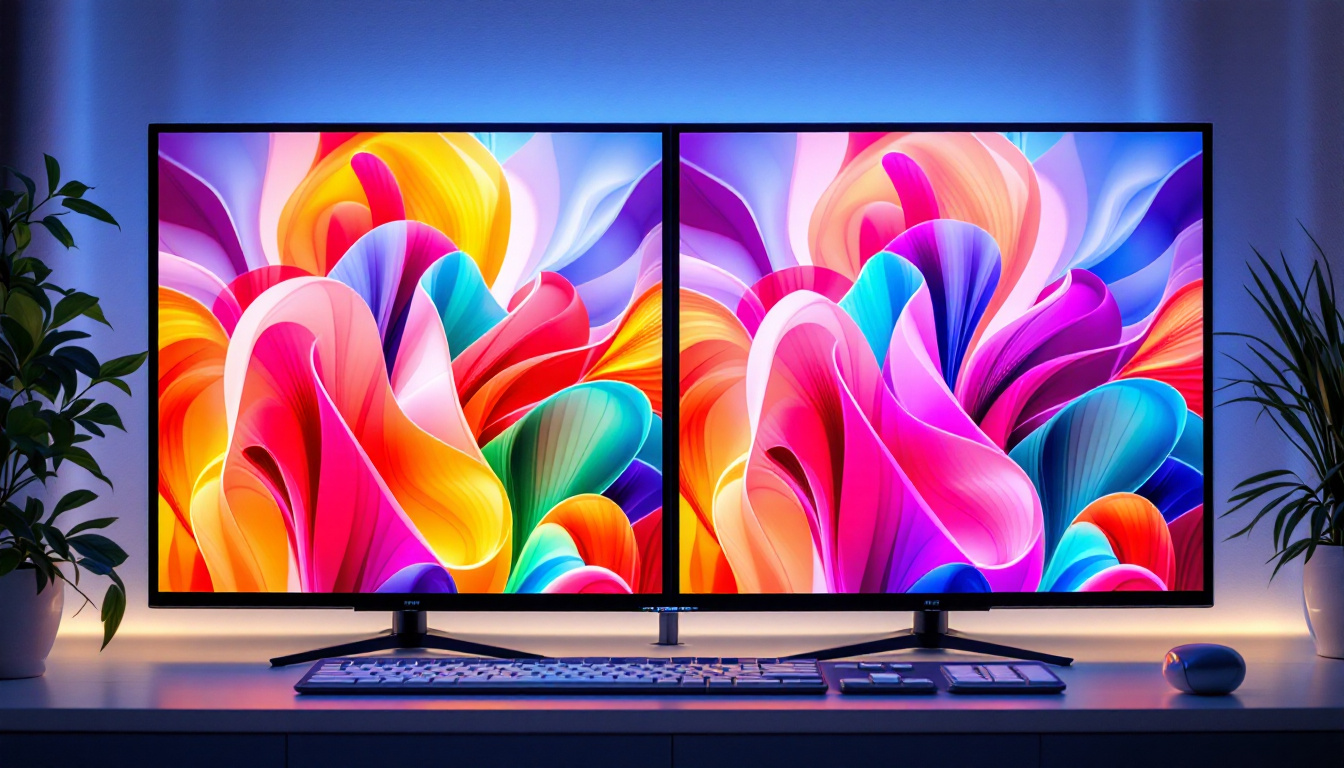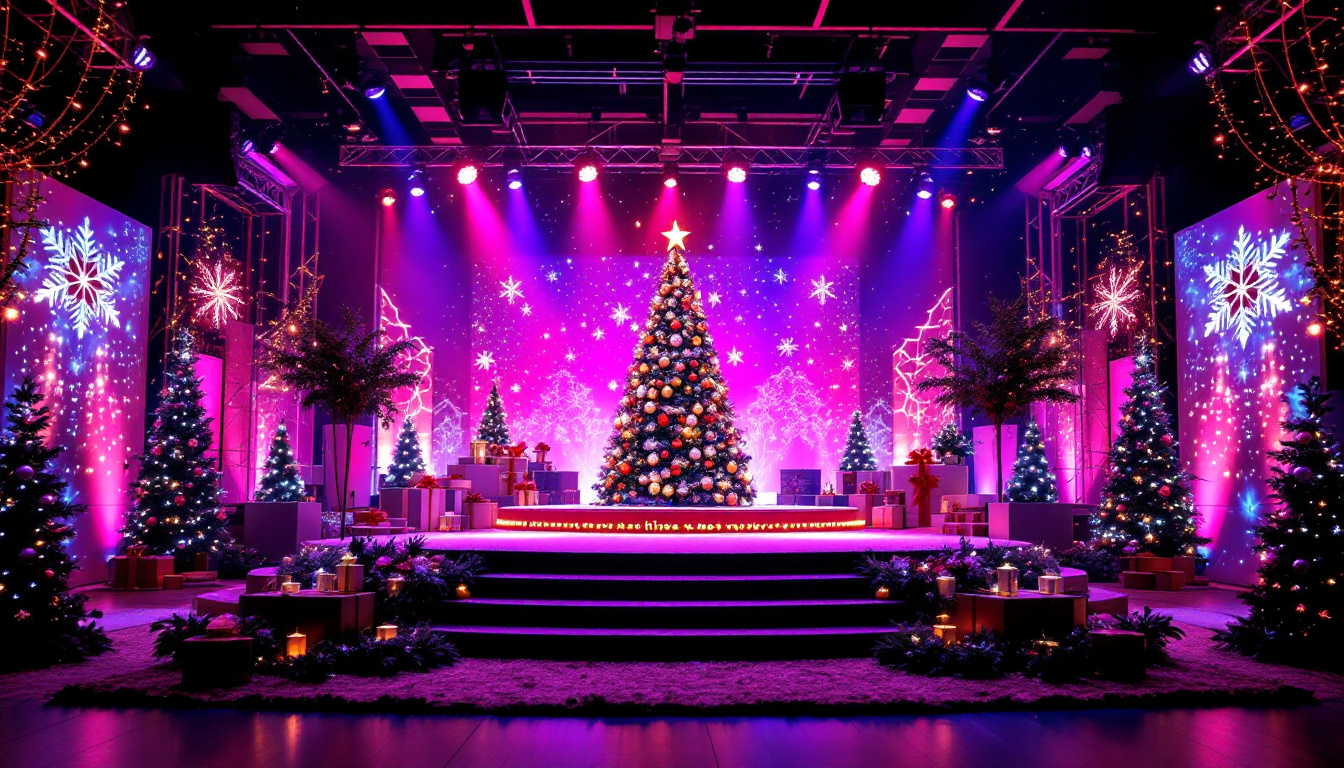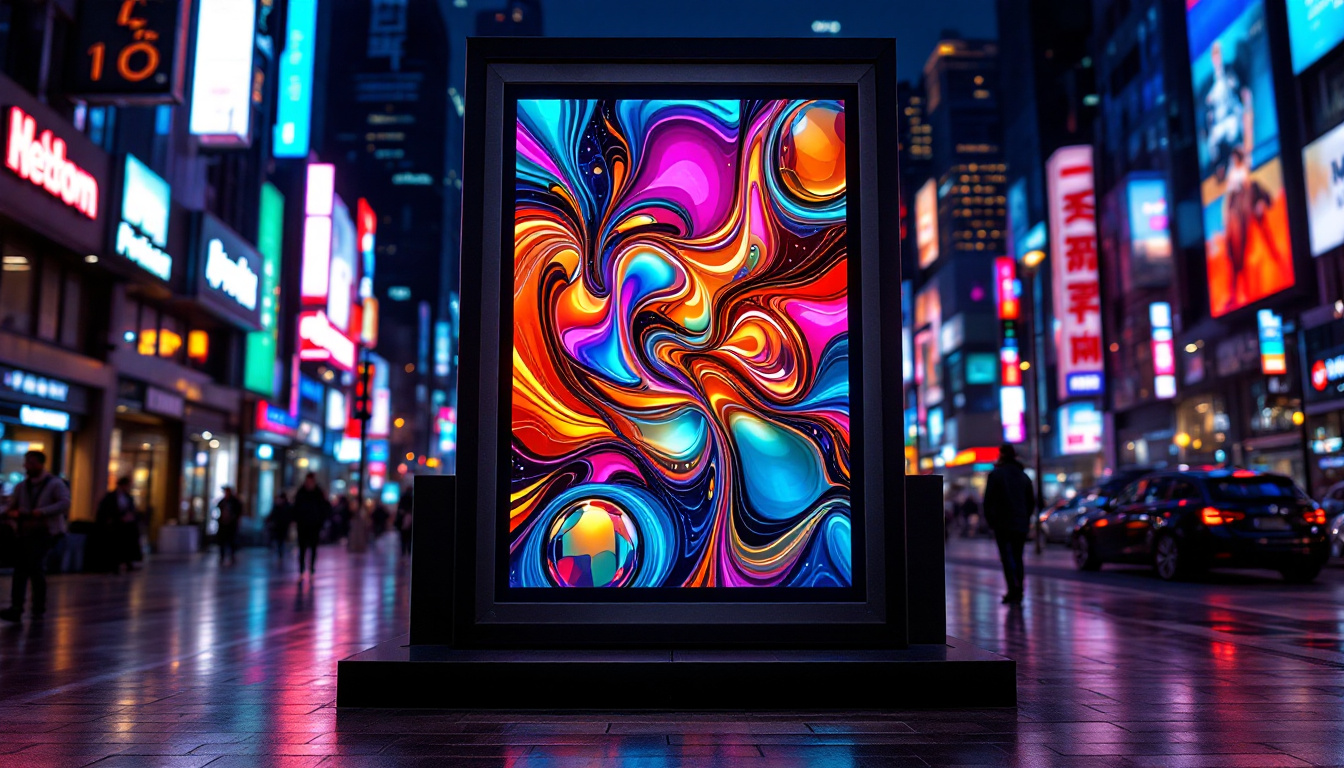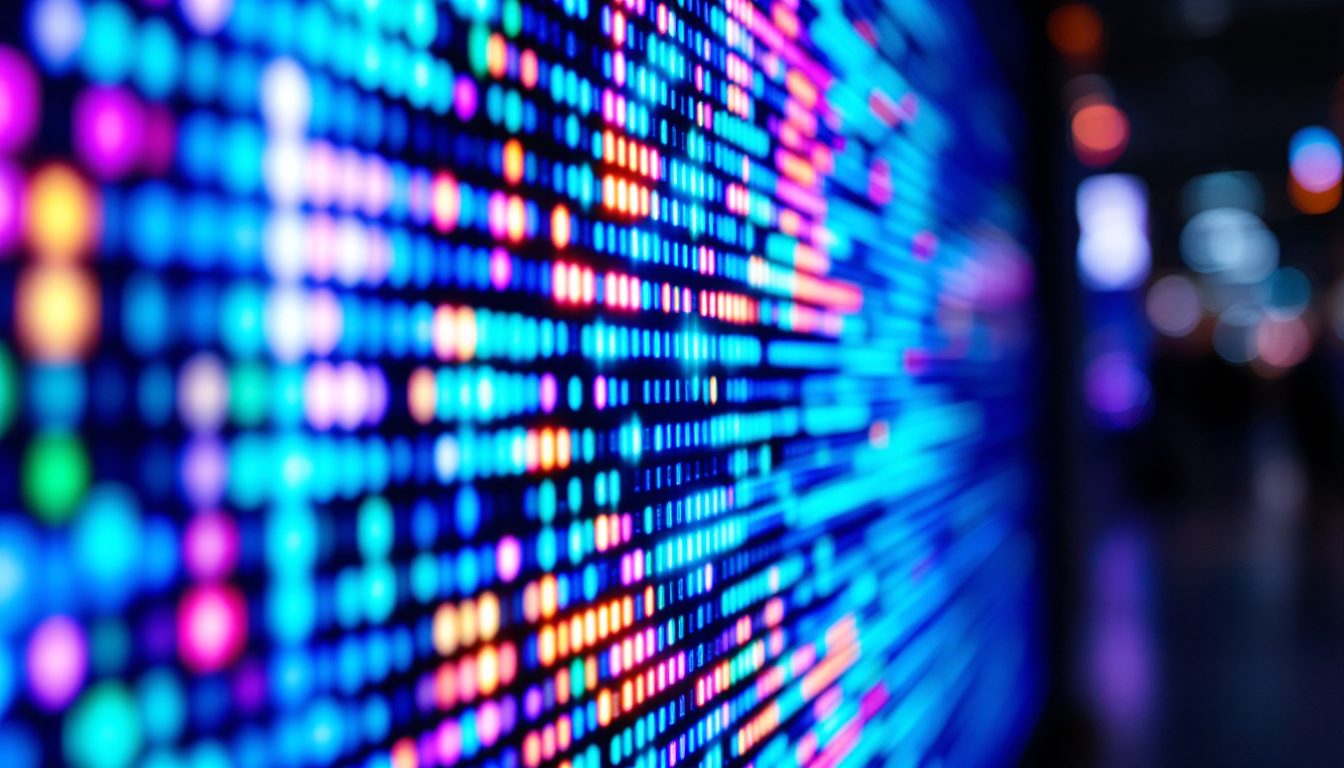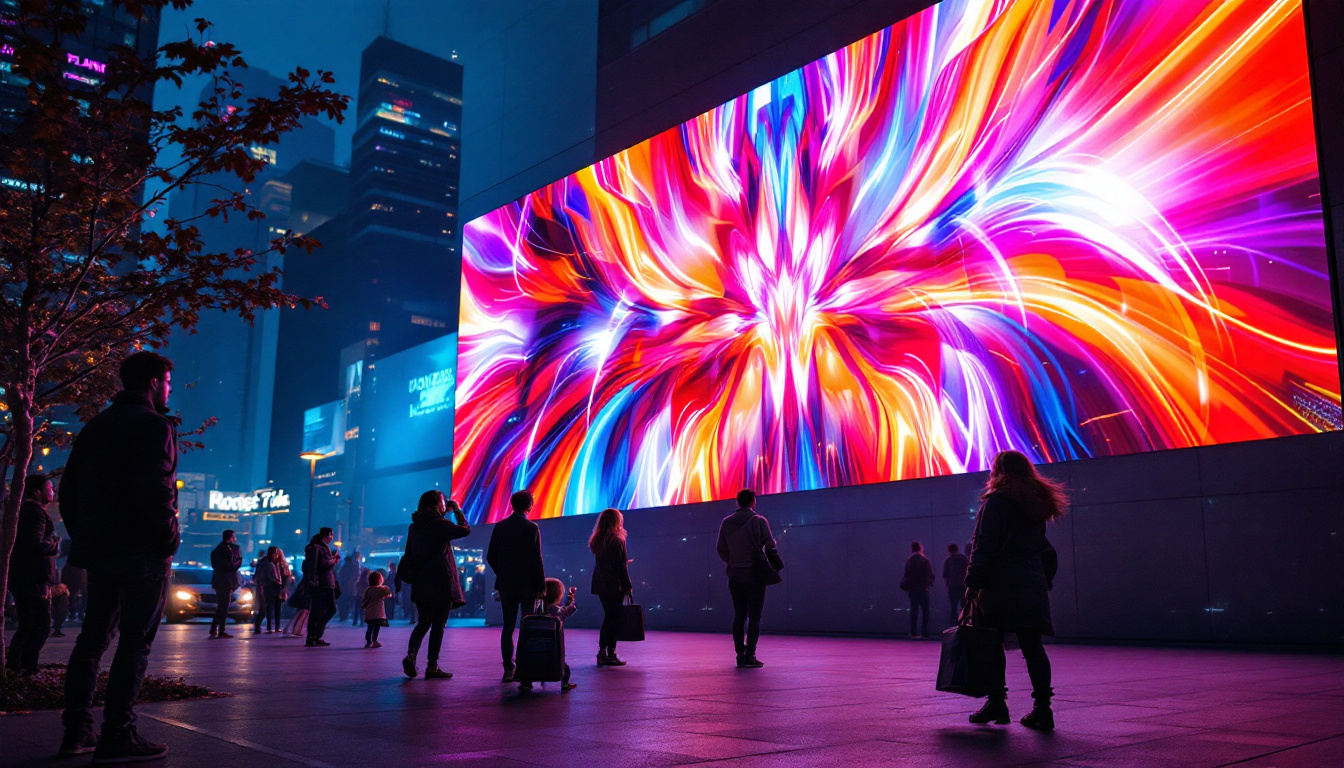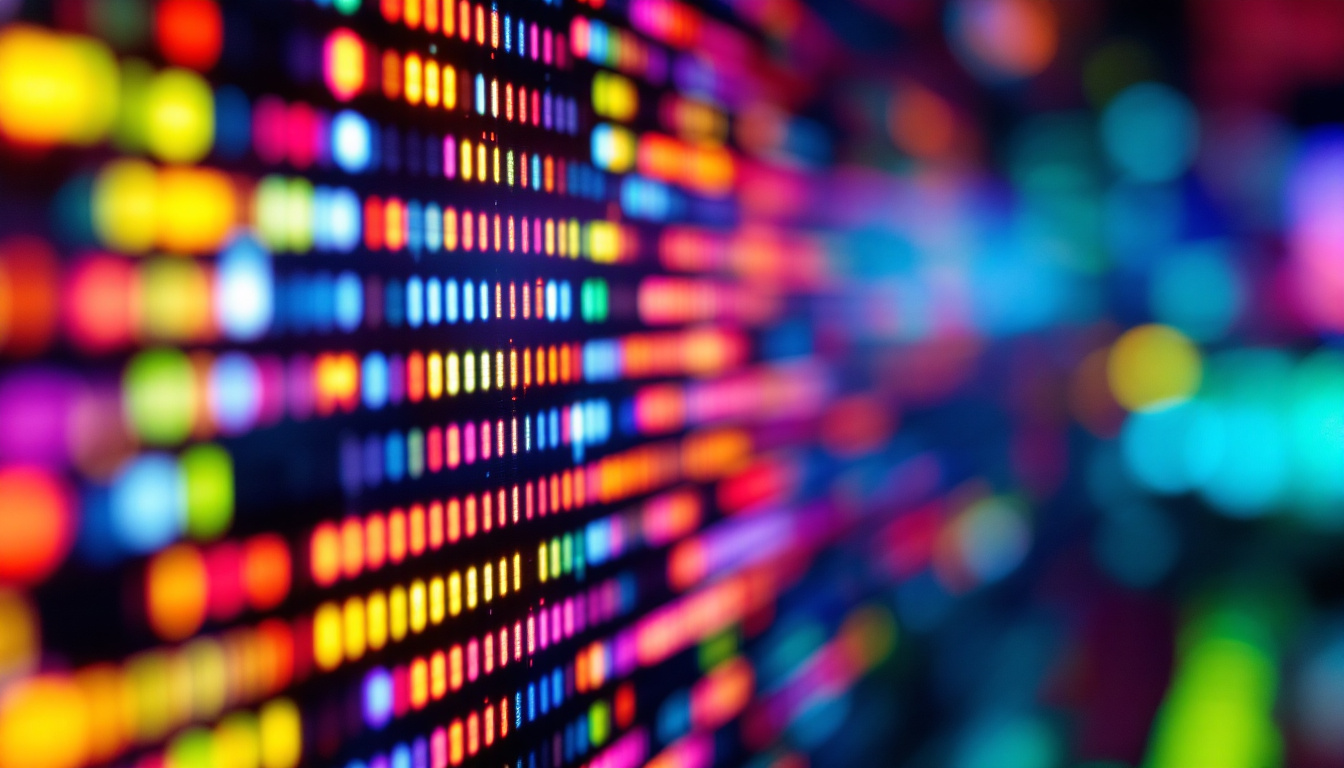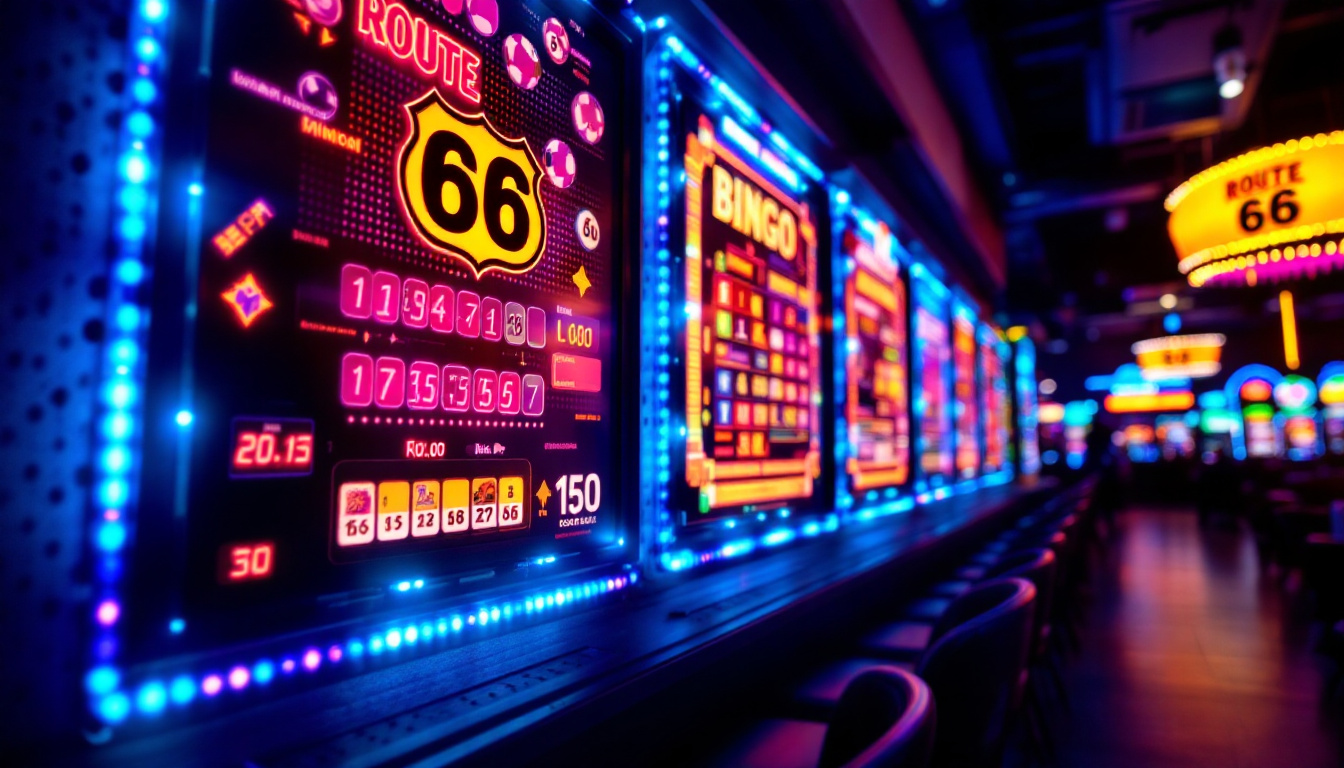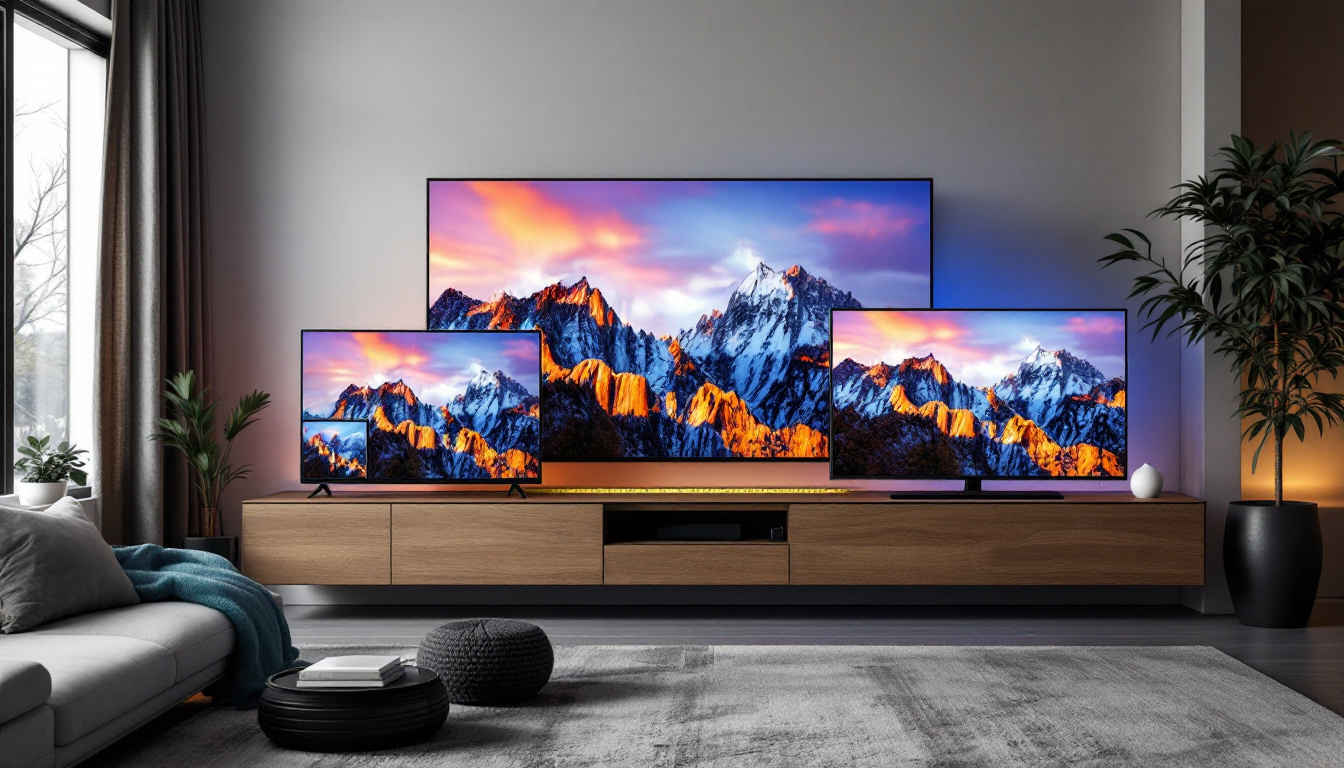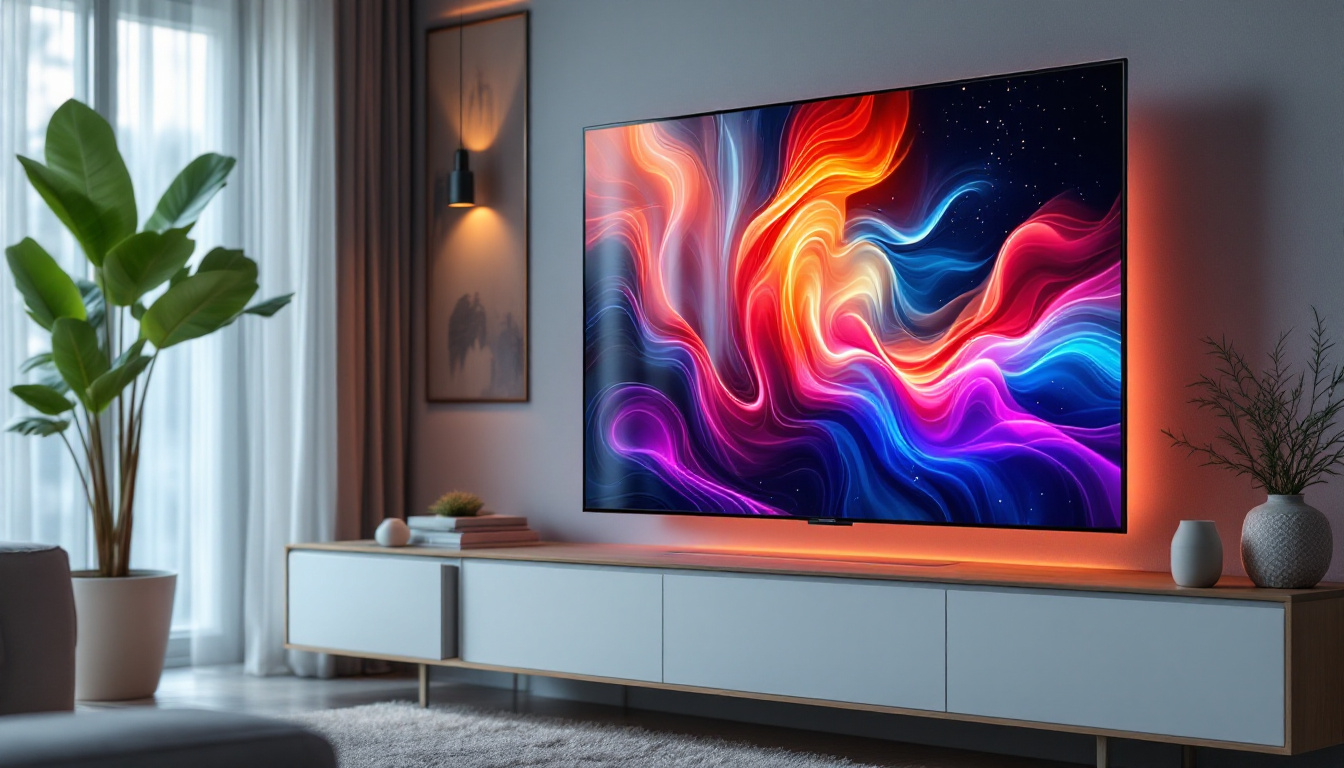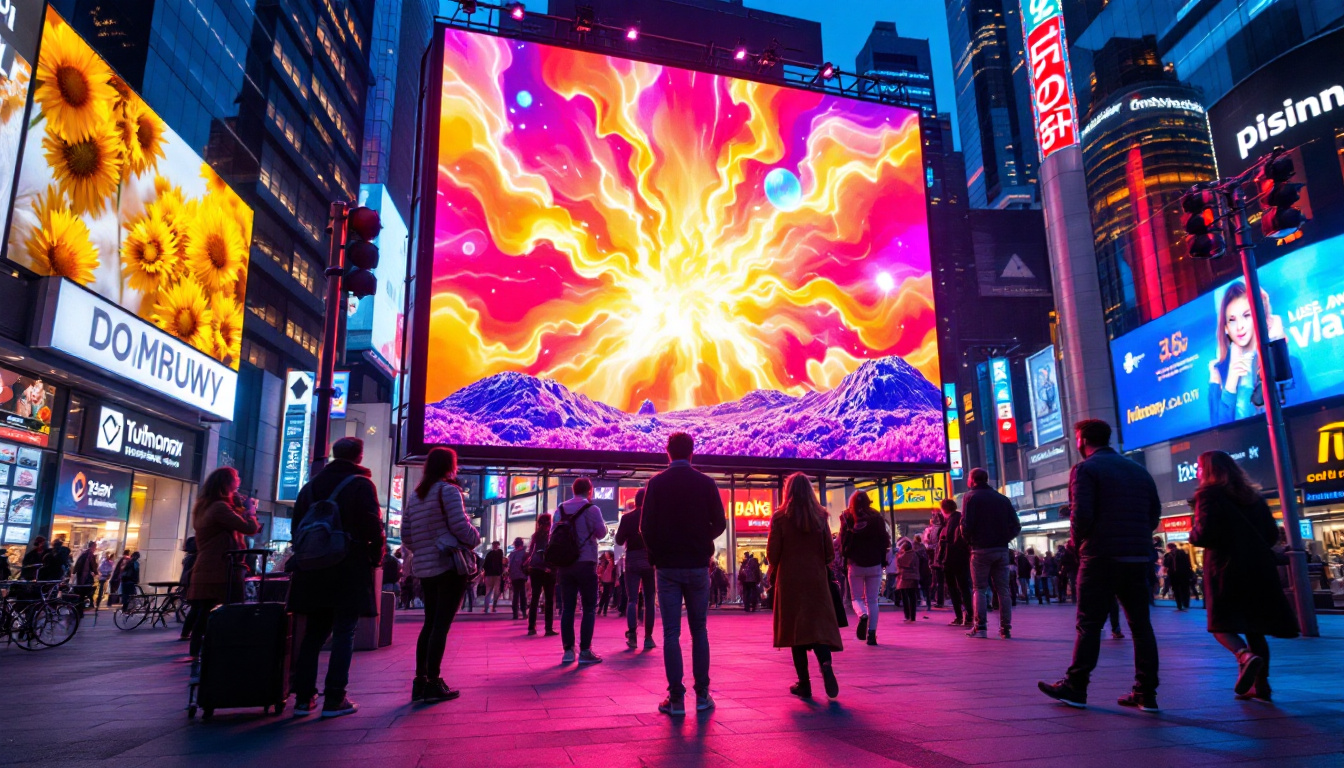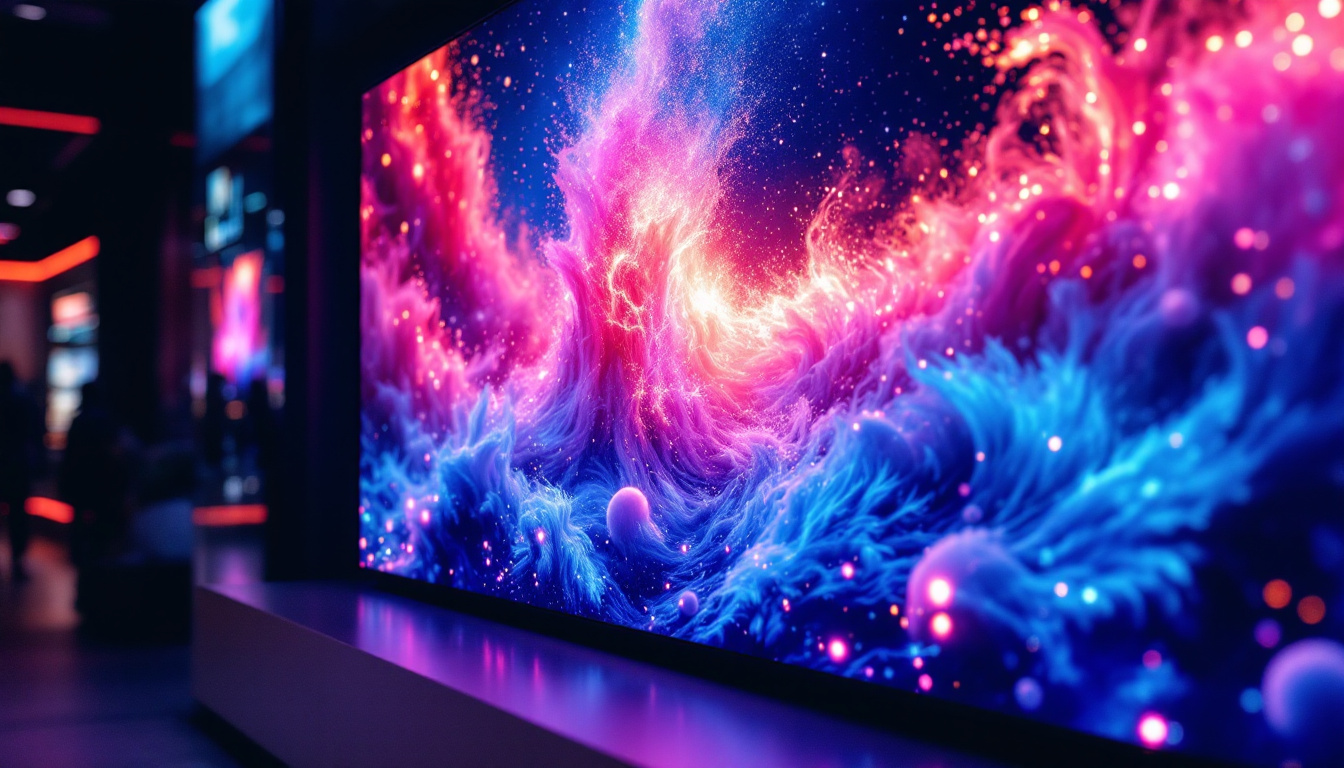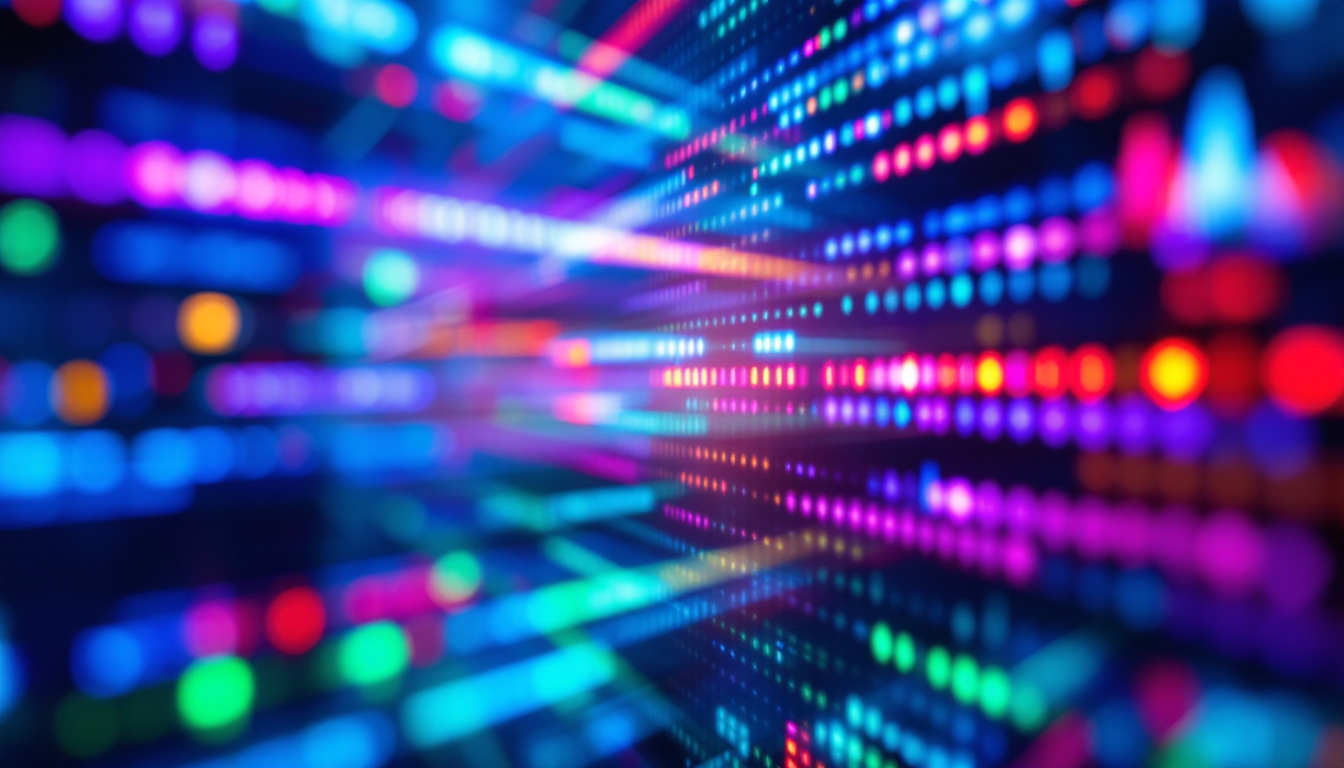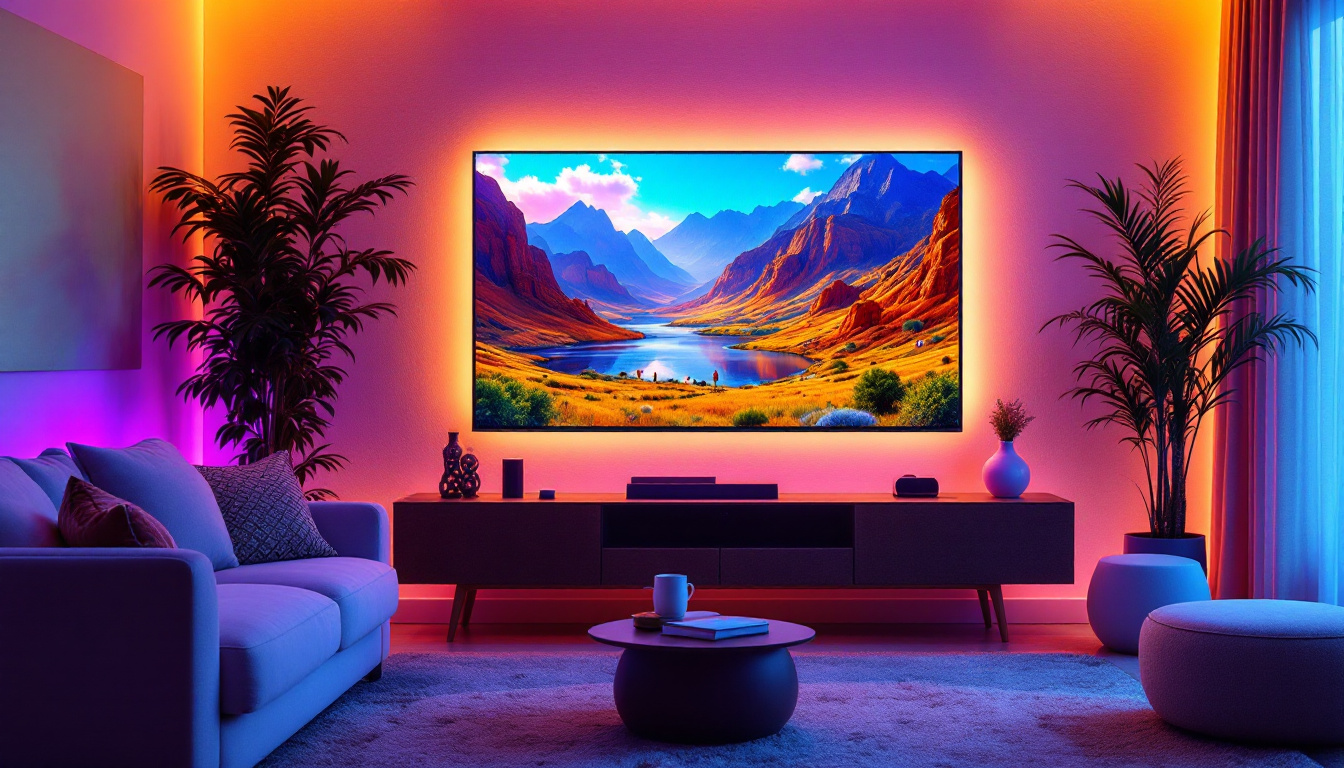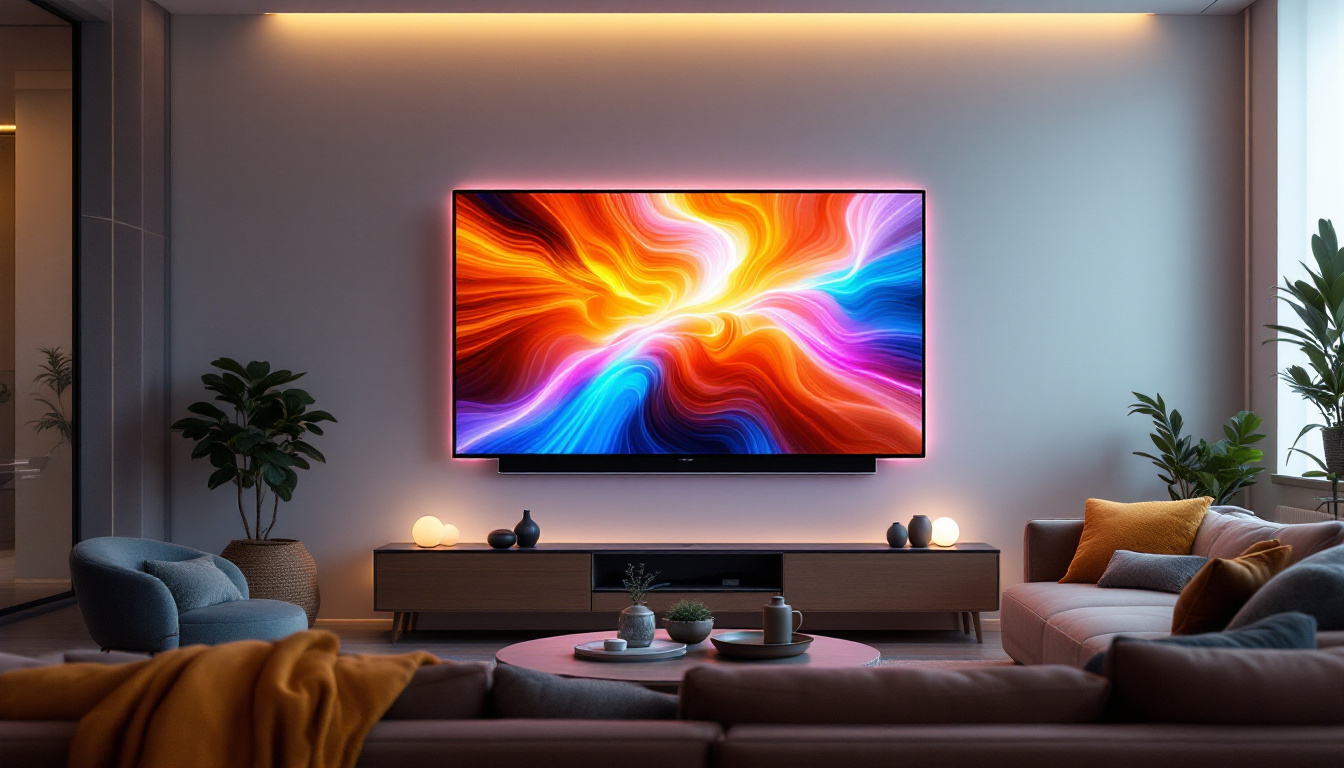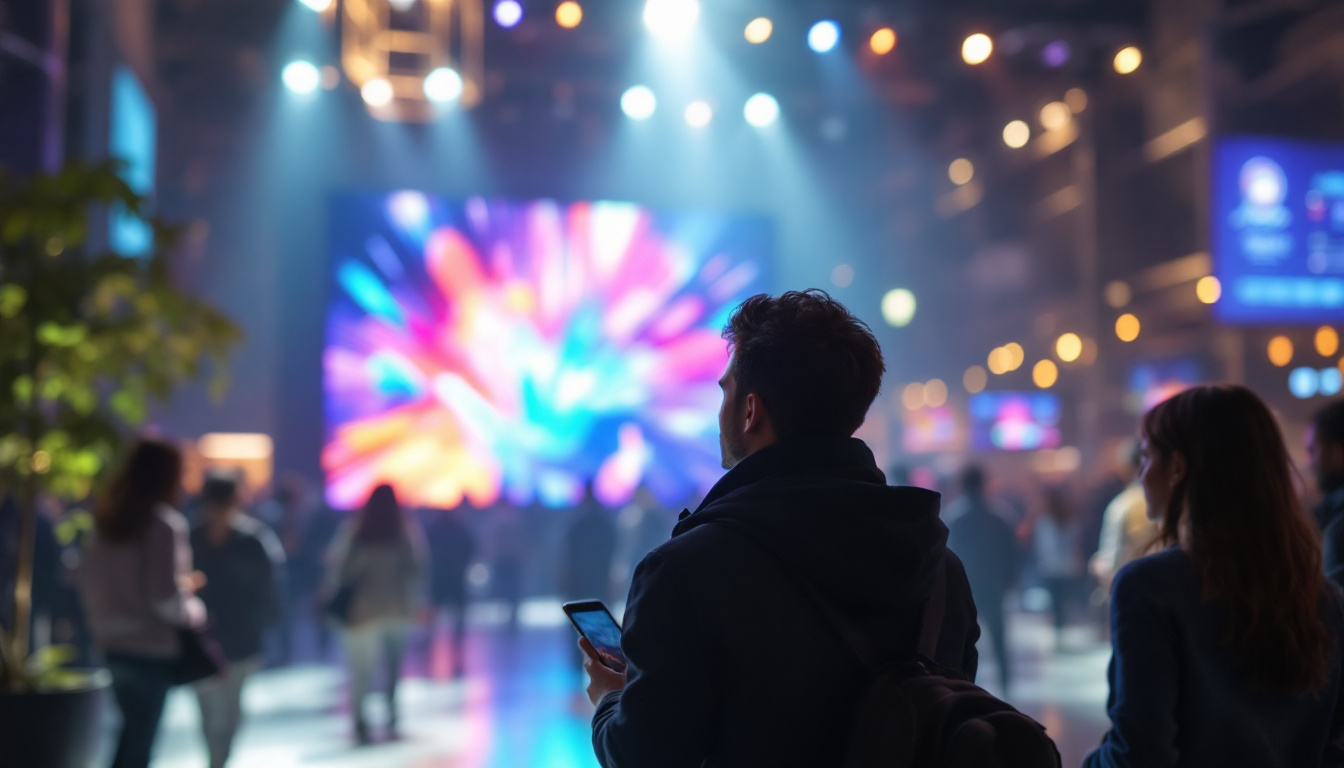In the world of modern technology, LED displays have emerged as a cornerstone of visual communication. From advertising billboards to television screens, these displays have transformed how information is conveyed and consumed. This article delves into the intricacies of LED displays, exploring their functionality, advantages, and applications across various industries.
Understanding LED Technology
LED, or Light Emitting Diode, is a semiconductor device that emits light when an electric current passes through it. This technology has revolutionized the way we think about lighting and display systems. Unlike traditional incandescent bulbs, LEDs are more energy-efficient, have a longer lifespan, and offer greater flexibility in design. The shift towards LED technology has not only transformed consumer electronics but has also had a significant impact on energy consumption and sustainability, making it a crucial component in the modern push for greener technologies.
The Basics of LED Functionality
The core principle behind LED technology is electroluminescence. When electrons move through a semiconductor material, they release energy in the form of photons, producing light. This process is highly efficient, which is why LEDs consume significantly less power compared to other lighting technologies. Additionally, the ability to control the intensity and color of the emitted light through various electronic circuits allows for innovative applications, from mood lighting in homes to complex signaling systems in transportation.
LEDs are available in various colors, depending on the materials used in the semiconductor. By combining different colored LEDs, manufacturers can create full-color displays that are vibrant and engaging. This versatility is one of the reasons why LEDs are the preferred choice for many display applications. Furthermore, advancements in technology have led to the development of RGB (Red, Green, Blue) LEDs that can produce millions of colors, enhancing the visual experience in everything from stage lighting to digital billboards.
Types of LED Displays
LED displays can be categorized into several types, each with unique characteristics and applications. The most common types include:
- Direct View LED Displays: These displays consist of individual LED modules that are arranged to form a larger screen. They are often used in outdoor advertising and large venues due to their brightness and visibility. Their robust construction allows them to withstand various weather conditions, making them ideal for billboards and stadiums.
- LED Backlit Displays: These are LCD screens that utilize LEDs as a backlight source. They provide improved contrast and color accuracy compared to traditional backlit displays. This technology has become standard in televisions and computer monitors, offering consumers a better viewing experience with deeper blacks and more vibrant colors.
- Organic LED (OLED) Displays: A newer technology that uses organic compounds to emit light. OLED displays are known for their exceptional color quality and flexibility, making them ideal for smartphones and televisions. Their ability to produce true blacks by turning off individual pixels has set a new standard in display technology, leading to thinner and more energy-efficient devices.
In addition to these types, there are also specialized LED displays designed for specific applications, such as transparent LED screens that allow light to pass through while displaying images, and flexible LED panels that can be bent or shaped to fit unique designs. These innovations continue to push the boundaries of what is possible with display technology, enabling creative solutions in advertising, architecture, and entertainment.
Advantages of LED Displays
LED displays offer numerous benefits that make them an attractive option for both consumers and businesses. Understanding these advantages can help in making informed decisions when selecting display technologies.
Energy Efficiency
One of the most significant advantages of LED displays is their energy efficiency. LEDs consume up to 80% less power than traditional incandescent bulbs, which translates to lower electricity bills and reduced environmental impact. This efficiency is particularly beneficial for large-scale installations, such as outdoor billboards, where energy costs can be substantial. Furthermore, the reduced energy consumption contributes to a smaller carbon footprint, aligning with the growing emphasis on sustainability in both corporate and personal practices. As more businesses seek to enhance their green credentials, the adoption of LED technology can play a pivotal role in achieving these goals.
Longevity and Durability
LEDs have a remarkably long lifespan, often exceeding 50,000 hours of use. This longevity means fewer replacements and reduced maintenance costs over time. Additionally, LED displays are more resistant to shock and vibration compared to traditional displays, making them suitable for various environments, including outdoor settings. Their robust construction also allows them to withstand extreme weather conditions, such as heavy rain or intense heat, which is essential for installations in diverse climates. This durability not only ensures consistent performance but also enhances the overall return on investment, as businesses can rely on their displays for years without significant upkeep.
Brightness and Visibility
LED displays are known for their exceptional brightness, which ensures visibility even in direct sunlight. This characteristic makes them ideal for outdoor advertising and public information displays. The high contrast ratio of LED technology also enhances image quality, providing vibrant colors and sharp details that capture attention. In addition to outdoor applications, the brightness of LED displays makes them suitable for indoor environments where ambient light can be a challenge, such as shopping malls or conference centers. The ability to adjust brightness levels dynamically allows for optimal viewing experiences in varying lighting conditions, ensuring that messages are effectively communicated regardless of the setting.
Applications of LED Displays
The versatility of LED displays allows them to be used in a wide range of applications across different industries. From entertainment to transportation, the impact of LED technology is evident everywhere.
Advertising and Marketing
In the realm of advertising, LED displays have become a game-changer. Digital billboards and signage allow businesses to showcase dynamic content that can be updated in real-time. This flexibility enables marketers to tailor their messages to specific audiences and events, maximizing engagement and effectiveness.
Moreover, the eye-catching nature of LED displays draws attention, making them an effective tool for brand promotion. Companies can leverage vibrant visuals and animations to create memorable advertising experiences that resonate with consumers.
Entertainment and Events
LED displays play a crucial role in the entertainment industry, particularly in concerts, sports events, and theatrical performances. Large LED screens are often used to enhance the audience’s experience by providing close-up views of performances, displaying live feeds, or showcasing visual effects.
In addition to live events, LED technology is also prevalent in cinemas and home theaters, where high-quality displays elevate the viewing experience. The ability to produce deep blacks and bright colors makes LED displays a favorite among filmmakers and audiences alike.
Transportation and Public Information
LED displays are widely used in transportation systems for real-time information dissemination. Bus and train stations often feature LED screens that display arrival and departure times, ensuring passengers are well-informed. Similarly, airports utilize LED displays for flight information, enhancing the overall travel experience.
In addition to transportation, LED technology is employed in public information displays, such as emergency alerts and community announcements. The ability to quickly update content ensures that critical information reaches the public promptly.
Challenges and Considerations
Despite their many advantages, LED displays are not without challenges. Understanding these potential drawbacks is essential for making informed decisions regarding their use.
Initial Cost
While LED displays offer long-term savings through energy efficiency and durability, the initial investment can be higher compared to traditional display technologies. Businesses must weigh the upfront costs against the potential savings over time to determine the feasibility of LED installations.
Color Calibration and Quality Control
Maintaining consistent color quality across LED displays can be challenging, especially in large installations. Variations in brightness and color can occur due to manufacturing differences or environmental factors. Regular calibration and quality control measures are essential to ensure that displays maintain their intended visual performance.
Environmental Impact
Although LED technology is more environmentally friendly than traditional lighting, it is not entirely without impact. The production and disposal of LED displays can contribute to electronic waste. Therefore, responsible recycling and disposal practices are crucial in minimizing their environmental footprint.
The Future of LED Displays
As technology continues to evolve, the future of LED displays looks promising. Innovations in materials and manufacturing processes are paving the way for even more advanced display solutions.
MicroLED Technology
One of the most exciting developments in the LED display industry is MicroLED technology. This approach utilizes tiny individual LEDs that can be assembled into larger displays without the need for backlighting. MicroLEDs offer exceptional brightness, contrast, and color accuracy, making them a potential game-changer for high-end displays.
Flexible and Transparent Displays
Another area of growth is in flexible and transparent LED displays. These innovations allow for creative applications, such as curved screens and displays that can be integrated into architectural designs. The ability to create seamless and immersive environments opens up new possibilities for advertising, art installations, and interactive experiences.
Smart Integration
The integration of smart technology with LED displays is also on the rise. Features such as touch interactivity, connectivity to the Internet of Things (IoT), and real-time data integration are enhancing the functionality of LED displays. This evolution is transforming how businesses and consumers interact with visual content.
Conclusion
LED displays have undoubtedly transformed the landscape of visual communication. Their energy efficiency, longevity, and versatility make them a preferred choice across various industries. While challenges exist, ongoing innovations promise to address these issues and enhance the capabilities of LED technology.
As businesses and consumers continue to embrace LED displays, it is essential to stay informed about the latest developments and applications. The future of LED technology is bright, and its impact on our daily lives will only continue to grow.
In summary, understanding LED displays is crucial for anyone involved in technology, marketing, or design. With their dynamic capabilities and potential for innovation, LED displays are set to remain at the forefront of visual communication for years to come.
Discover LumenMatrix’s Innovative LED Solutions
As you consider the future of visual communication and the role LED displays play in it, we invite you to explore the pioneering solutions offered by LumenMatrix. With a commitment to innovation and quality, LumenMatrix provides a wide array of LED display options, including Indoor and Outdoor LED Wall Displays, Vehicle LED Displays, LED Poster Displays, and more. Whether you’re looking to enhance brand visibility, create immersive environments, or deliver messages with clarity and impact, LumenMatrix has the technology to bring your vision to life. Check out LumenMatrix LED Display Solutions and join the revolution in digital signage and visual storytelling.

